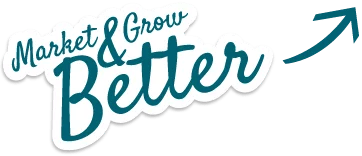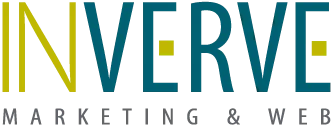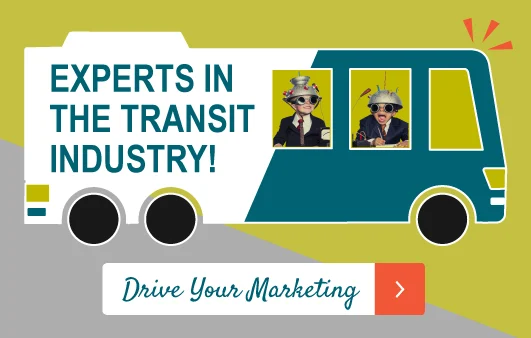
Have you ever been immersed in an interesting conversation one minute, only to find yourself lost in a sea of technological jargon the next?
Our inbound marketing team throws around a myriad of terms and abbreviations throughout our work week — but such terminology could be confusing to business professionals unfamiliar with the industry and our agency.
So we’ve decided to assemble our own inbound marketer’s dictionary featuring our most-used and most-confused phrases. Having a basic understanding of this set of terms can improve your marketing strategy.
A/B testing
A/B testing is a method of comparing two versions of the same web page to evaluate which one performs better. You can A/B test almost anything: emails, calls-to-action, images, headlines, links, etc. By using controlled tests and gathering experimental data, you can determine which marketing strategies work best for your brand.
B2B (business-to-business)
B2B refers to companies that sell to other businesses. Examples of B2B companies are FedEx, Google, and Cisco.
B2C (business-to-consumer)
B2C refers to companies that sell directly to consumers. Target, Amazon, and Starbucks are all examples of B2C companies.
Buyer persona
A buyer persona is a semi-fictional representation of your ideal customer based on real data and research gathered from existing customers. Crafting a buyer persona is vital to your marketing strategies. Buyer personas are often assigned names, like “Business Beth,” to differentiate between them.
Call-to-action (CTA)
A type of web link that encourages a visitor to visit a specific web page and become a lead. In order to receive an offer, visitors must first click a call-to-action such as “Subscribe now!” or “Download here!” and fill out a short personal information form.
Campaign
A specific set of actions or messages, usually through email, designed to accomplish a specific goal.
Click-through rate
The percentage of recipients that click through (or advances) from one part of your marketing campaign to the next. Click-through rate is the number of clicks to the page divided by the number of opportunities people had to click.
Closed-loop marketing
The process of tracking your marketing efforts to determine the impact they have had on your bottom-line business growth.
CMS (content management system)
A web application designed to make it easy to create, edit, and manage a website.
Contextual marketing
Contextual marketing personalizes a user’s experience on your website based on who they are and what they are looking for. This type of marketing provides targeted ads based on the user’s search history and other related information.
Conversion rate
The percentage of people that respond to a call-to-action in a specific campaign.
CRM (customer relationship management)
A set of software programs that allow marketers to keep track of contact information.
Form
The place your website visitors supply information in exchange for an offer.
Funnel
The inbound marketing funnel tells marketers what marketing message they should use at each stage. This is similar to a traditional sales funnel, except that it is broken up into three different parts: awareness, consideration, and decision.
Inbound link
A link on a website that sends traffic to your site. Websites that receive multiple inbound links can be more likely to rank higher in search engines.
KPI (key performance indicator)
These indicators are the metrics you analyze to track progress toward your goals.
Landing page
A web page that includes a form used for lead generation. A landing page revolves around an offer, like a webinar or tip sheet.
Lead nurturing
An email series, also known as a workflow, that can be used after someone fills out a form on your landing page.
Lead scoring
The process of assigning a numeric value to each lead based on their likelihood of becoming a customer.
Targeting
A group of customers at which a business has decided to aim its marketing efforts.
Qualified lead
A contact who has opted in to receive communication from your business.
-
MQL (marketing qualified lead)
Someone who has expressed a deeper interest in your offering and is likely to become a customer. -
SQL (sales qualified lead)
Someone who has been identified as being ready for direct contact from your sales team.
Sales enablement
The technology, process, and content that allow sales teams to sell efficiently.
Sequences
A HubSpot feature that allows sales teams to send a series of targeted emails to nurture a lead.
Smarketing
A fun-to-say term used to describe the alignment of sales and marketing efforts.
As a Michigan marketing firm, we see firsthand where the marketing focus is going. Inbound marketing is both the present and future of marketing. Understanding the lingo is crucial. We hope you’ll bookmark this page and reference it in the future.
Interested in learning more about inbound marketing? Download our free guide.
Topics: inbound marketing, marketing, inbound dictionary, marketing terms, marketing phrases






